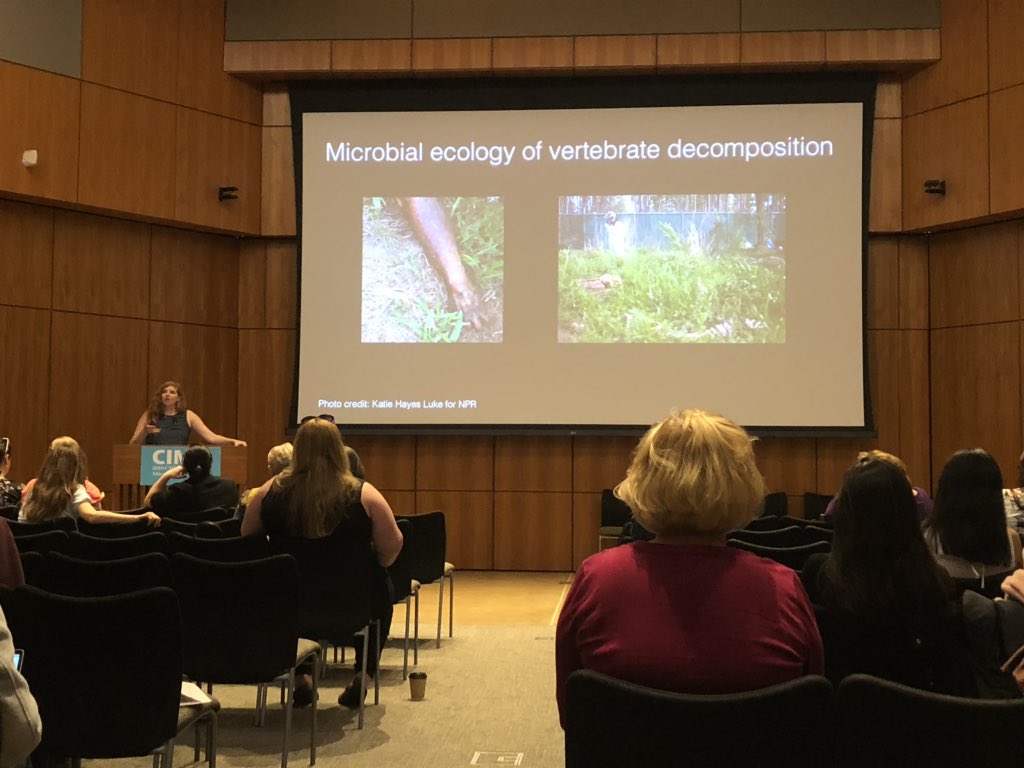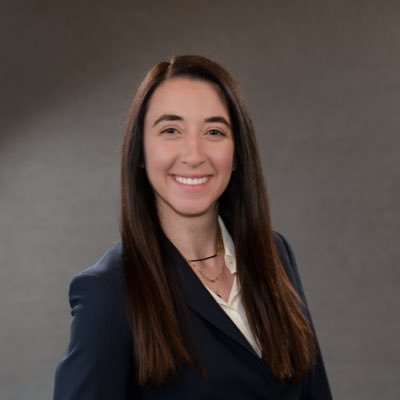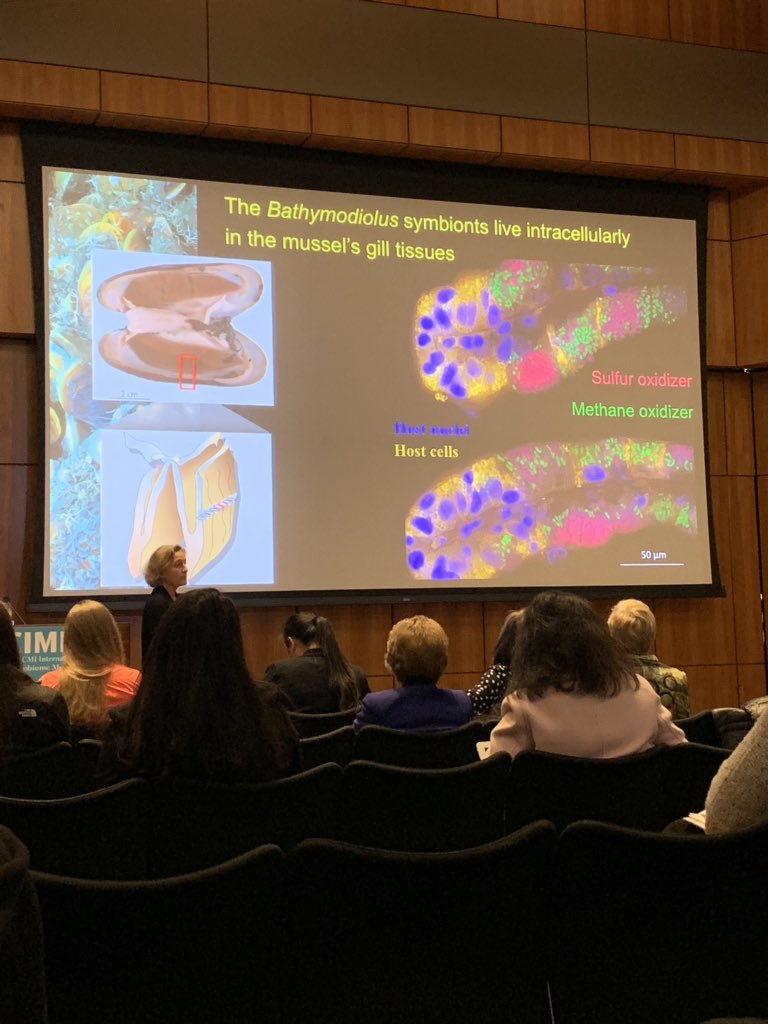Explore tweets tagged as #CIMM2019
Kim Prather: The microbes in the ocean are being pushed into the atmosphere via sea spray. Their enzymes are more active in the atmosphere when compared to in seawater. These microbes are correlated with weather changes, can they also be affecting disease? #CIMM2019
0
1
4
Rita Colwell: We need to study microbiomes at the strain level and their hosts to better understand diseases associated with the microbiome. Microbiomes can be used as a global health tool. But it’s critical to be able to identify and characterize these sequences. #CIMM2019
0
0
2
Nicole Dubilies- Bathymodiolus mussel symbiots are intracellular and are acquired from the environment throughout their lifetime. These strains can be continuously exchanged so mussels can associate with the strains best adapted for their environment. #CIMM2019
0
0
1
Great to see an all female speaker panel and listen to exciting new work in the microbiome at #CIMM2019. Thank you for making me feel like I belong in science #WomenInSTEM.
0
0
1
@Chemosym @peterse47663885 @rebecca_ansorge At #CIMM2019 @Chemosym: discussing work described in this preprint -
1
3
5
Jessica Metcalf: Days into the decomposition of mice was highly correlated with the microbiome, but soil type was not. Using models, the lab was able to estimate PMI with an accuracy within 2.6 days over 21 days in humans based on 16S and fungal sequences. #CIMM2019.
0
0
4
Food for thought as I participate in the all-women speaker line up at the CMI Intl Microbiome Meeting #CIMM2019
0
0
0
@Chemosym @peterse47663885 @rebecca_ansorge At #CIMM2019 @Chemosym: Miguel Gonzales Porras in her lab is following up this genomic work with geneFISH to look for localization of the methanol oxidation genes.
1
0
0
@Chemosym @peterse47663885 @rebecca_ansorge At #CIMM2019 @Chemosym: right when she gives and example of "serendipity being important in research" the slides crash . .
1
0
1
@Chemosym @peterse47663885 @rebecca_ansorge At #CIMM2019 @Chemosym: working on trying to understand whether there are evolutionary benefits to strain level diversity within individual hosts.
1
1
2
@Chemosym @peterse47663885 @rebecca_ansorge At #CIMM2019 @Chemosym: symbiont strains vary in their functional repertoire - genes such as virus defense genes, toxin related genes and metabolic genes.
1
2
1
@Chemosym At #CIMM2019 @Chemosym: focusing rest of talk on sulfur symbionts - and then Jill Petersen @peterse47663885, Rebecca Ansorge @rebecca_ansorge, & Liz Sayavedra did work on diversity at the strain level of these symbionts w/in individual hosts.
1
2
4








